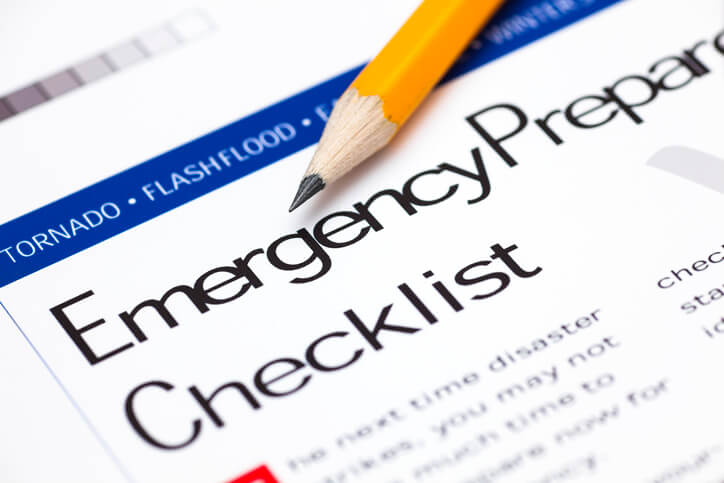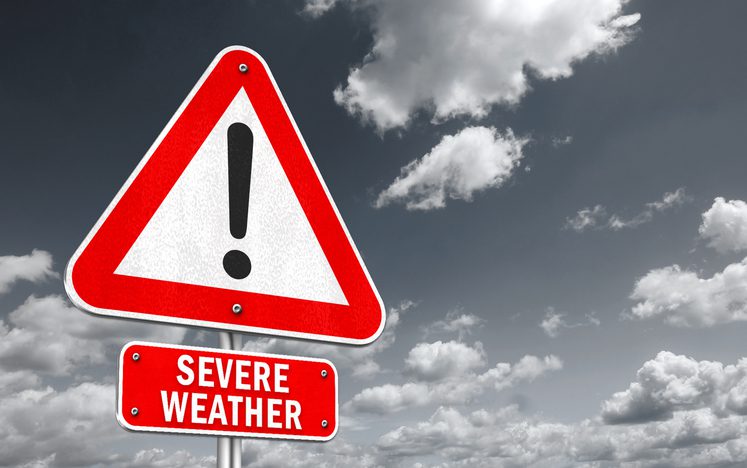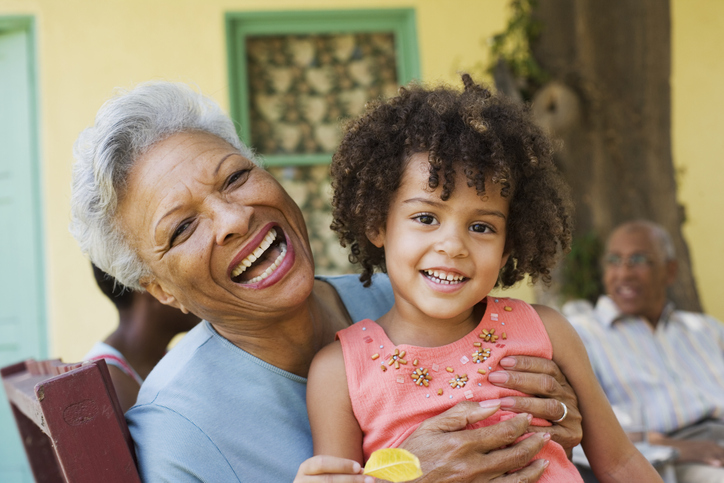Natural disasters can be challenging enough to prepare for on your own, but what if you are a family caregiver providing care to someone with Alzheimer’s disease or other type of dementia? You’ll need a plan for them, too. As you plan, remember to think to the future – to a time when your loved one’s needs may be significantly different from what they are today. That’s a reason to get started on a plan now, and to revisit it periodically over time.
Here are a handful of tasks that you can take care of yourself or easily delegate to someone else, such as:
- Develop a disaster kit.
- Consider ways to enhance communications.
- Get the home ready to withstand a disaster.
1. Develop a Disaster Kit
Should you have to evacuate, you would need to take a wide range of materials with you – from copies of you and your loved one’s financial documents to medications. There is so much to think about when a disaster is approaching or imminent, so you’ll be better prepared if you have a kit that’s ready.
Consider your critical needs and those of your loved one. Build disaster kits that will help to ensure his or her safety and comfort – and your own. The kits will travel with you and your loved one should evacuation be necessary. If you have arranged for someone to assist in your absence, be sure that person knows where to find the kits.
For more information, read our disaster preparation guidebook.
2. Consider Ways to Enhance Communications
There are communication services or technologies that might bring you peace of mind as you think about how you and your loved ones would manage if a disaster threatened or actually struck. These may enable you to feel more in control and less stressed as you contemplate “what if.”
- Review with your loved one how to reach you in an emergency – if he or she is still able to use a cell phone. (People who have used devices such as cell phones before the onset of Alzheimer’s may be able to continue to use them for a time, but it may be too difficult for someone who hasn’t had that experience to learn to use one now.)
- Consider the MedicAlert® + Safe Return® program offered by the Alzheimer’s Association. It provides an identification bracelet or pendant, assistance when someone wanders or is lost, plus access to vital medical information. Information can be found at www.alz.org/safereturn.
- Think about the Personal Emergency Response System (PERS), an electronic device designed to let a person in need summon help in an emergency. A PERS has three components: a small radio transmitter (a help button carried or worn by the user); a console connected to the user’s telephone; and an emergency response center that monitors calls. A PERS can be purchased, rented or leased. Again, the usefulness of such a device will depend upon your loved one’s ability to use it – or learn to use it.
3. Prepare the Home for Disaster
Different types of natural disasters require different preparations. Regardless of where you live or what natural disasters are likely in your area, there are actions you can take to prepare and to protect your loved one’s home.
Many caregivers may have concerns about such things as installing storm shutters and moving furniture to a higher floor. Don’t hesitate to ask for help, and be specific about the tasks that need to get done. Others often want to help but don’t know what to do. You will be helping them, and yourself, if you outline specifically what they can do.






